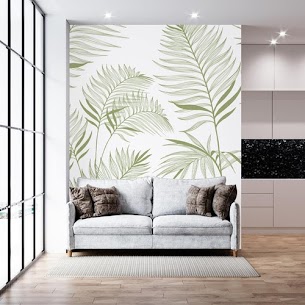Blog Detail
Let our experience work for you.- Home
- Blog Detail

Goldsmiths’ work was often decorated with enamel, and bronze was similarly treated. The usual technique was the champlevé type, in which the metal is engraved or carved and the spaces then are filled with powdered coloured glass, subsequently fused by fir
- 2022-11-14
- VS Designo
Goldsmiths’ work was often decorated with enamel, and bronze was similarly treated. The usual technique was the champlevé type, in which the metal is engraved or carved and the spaces then are filled with powdered coloured glass, subsequently fused by firing. At Limoges and in the Rhineland a wide range of objects were executed: quite large works, such as tombs, as well as smaller pieces, such as chasses and reliquaries. Those for suspension were usually intended for oil lamps, and standing candlesticks and candelabra were provided with spikes Lighting appliances were made of bronze or wrought iron.onto which the candle was forced (pricket candle sticks). Interior Designer In Chandkheda are very well known for their interior designs.
Very little decorative pottery was made, although the colourful dishes and vases. Tiles were extensively employed for both walls and floors in houses of the better class, and there was a proverb in Spain to the effect that a poor man lived in a house without tiles. The technique of manufacture was often quite complex and included inlaying with clay of a different colour. Chinese porcelain was known in western Europe by the late 14th century but was, of course, extremely rare; indeed, specimens were often mounted in silver in the same way as the semiprecious hard stones such as amethysts, garnets, and peridots.
